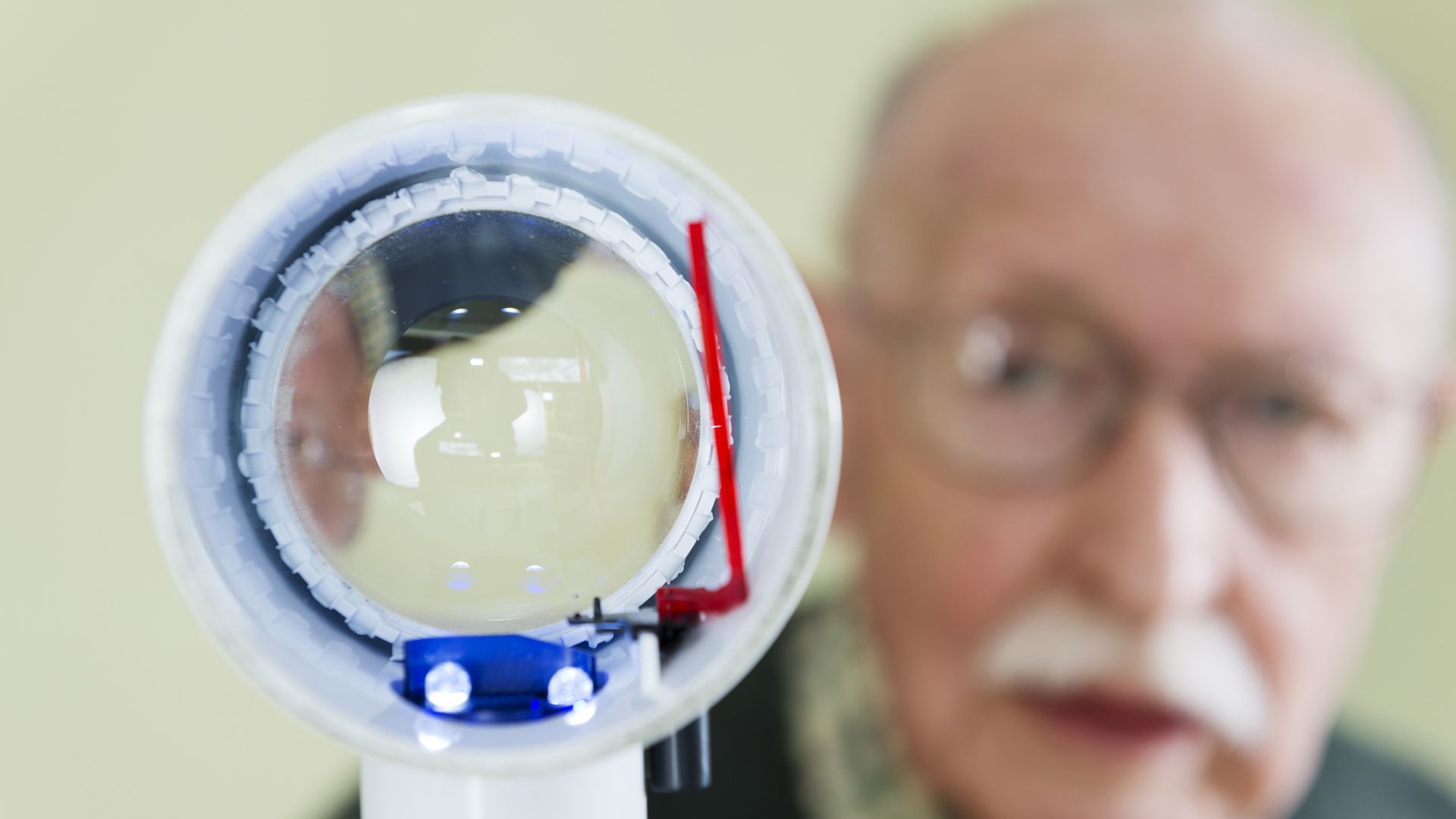Updated on September 26, 2023
Anti-VEGF injections are the most commonly used treatment for wet age-related macular degeneration (wet AMD). Wet AMD is an advanced form of age-related macular degeneration, a condition that affects the eyes of millions of people in the United States and is the leading cause of severe vision impairment among Americans 50 years and older.
While anti-VEGF therapy can slow the progression of wet AMD, stabilize vision, and in some cases, improve vision, it can also be a bit intimidating. Anti-VEGF drugs are administered with an injection, which is given into the eyeball.
Knowing what to expect ahead of time can make the process a bit easier.
Are anti-VEGF injections painful?
This is often the first question that comes to mind when a person thinks about getting an injection in the eyeball. A numbing agent will be applied to the eye before an injection, and most people describe the sensation as pressure, not pain.
What happens during an appointment?
Appointments for anti-VEGF injections typically last between 10 and 15 minutes, but the injection itself only takes a few seconds. Here are some steps that you can expect at an appointment:
- The eye will be cleaned with an antibiotic wash before the injection and rinsed with sterile water following the injection.
- Eye drops may be used to dilate the pupils before the injection.
- A special clip is used to hold the eyelid open and prevent the eyelid from closing during the injection.
- Typically, a person will not be able to see the needle during the injection.
- Vision improvements will not be immediate and will take some time.
- You should be able to resume normal activities right after your appointment.
- There may be some discomfort in the eye for a day or two. This is a common side effect of the sterilizing wash that is applied before the injection, which is needed to prevent infection.
Your healthcare provider can describe the procedure and appointment in more detail.
How do I choose an anti-VEGF medication?
There are a number of different anti-VEGF medications available—and more are in development. Different medications have different mechanisms of action. The out-of-pocket cost and the dosing schedule can vary between drugs and are two factors to consider when choosing between different anti-VEGF medications.
Also, treatment for wet AMD is a bit different for everyone. Sometimes a person will respond better to a particular anti-VEGF medication, and sometimes people being treated for wet AMD will switch medications. Your healthcare provider and your insurance provider are both valuable sources of information when deciding between different medications.
How do anti-VEGF injections work?
While there are several different anti-VEGF medications available, all work in basically the same way. VEGF stands for vascular endothelial growth factor. This is a protein that is made in the body and helps stimulate the growth of blood vessels.
Wet AMD occurs when new abnormal blood vessels form in the eye. This is a response to the damage caused by the earlier stages of AMD (called dry AMD). The abnormal blood vessels do not function well and become damaged easily, leaking blood and fluid into the eye. This is also caused neovascular AMD.
VEGF plays an important role in the formation of these blood vessels. Anti-VEGF medications stop this protein from working, which slows the development of the abnormal blood vessels.
How many injections will I need?
This is a question for your healthcare provider. Dosing schedules vary between different anti-VEGF medications but are typically given several weeks apart. Again, it’s important to understand that treatment for wet AMD is different for every person.
If you have any concerns about your ability to stick to a treatment plan—because of the cost of medication, the number of treatments required, or any other reason—tell your healthcare provider. Left untreated, wet AMD will get worse, will cause more damage to the eyes, and will cause more vision impairment. Your healthcare provider is there to help you find solutions.






